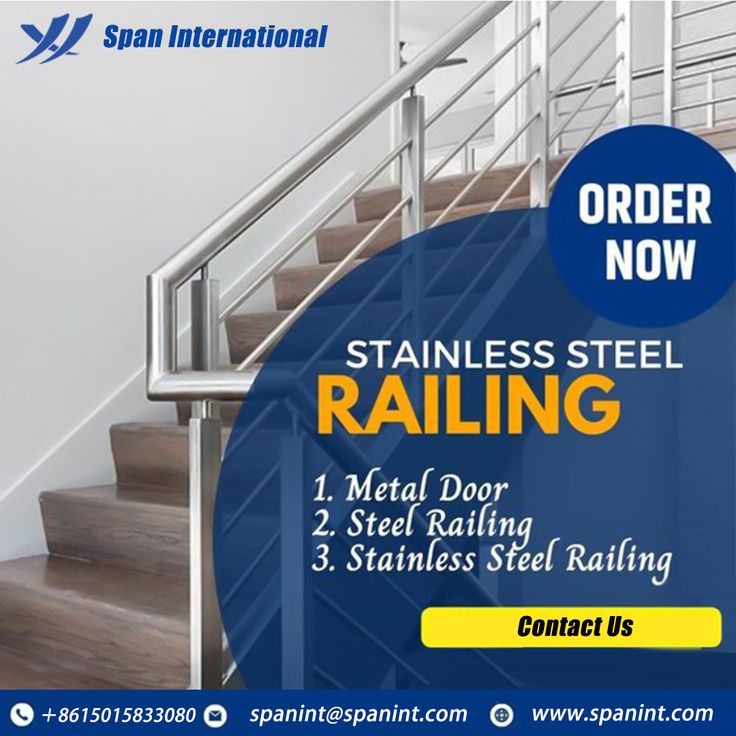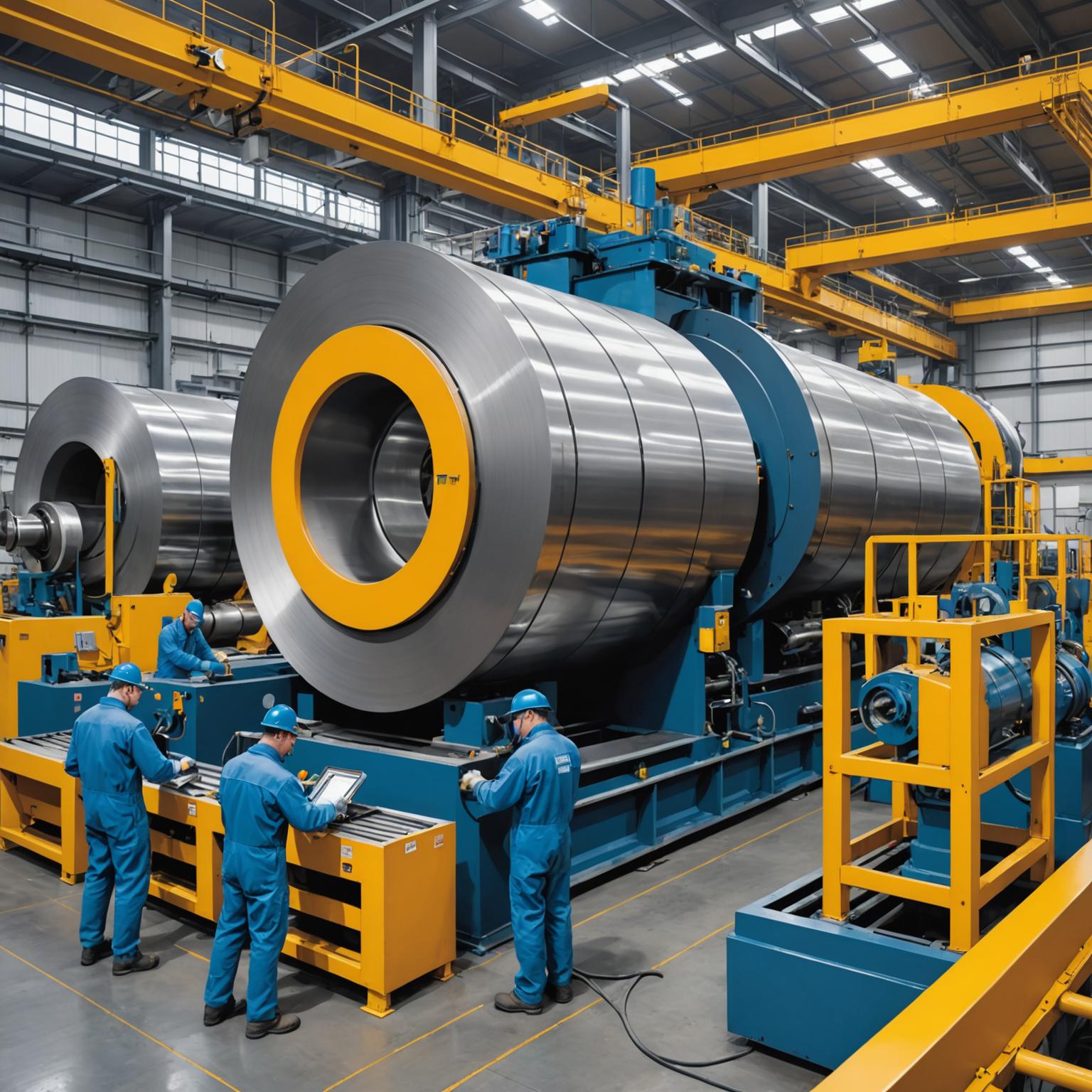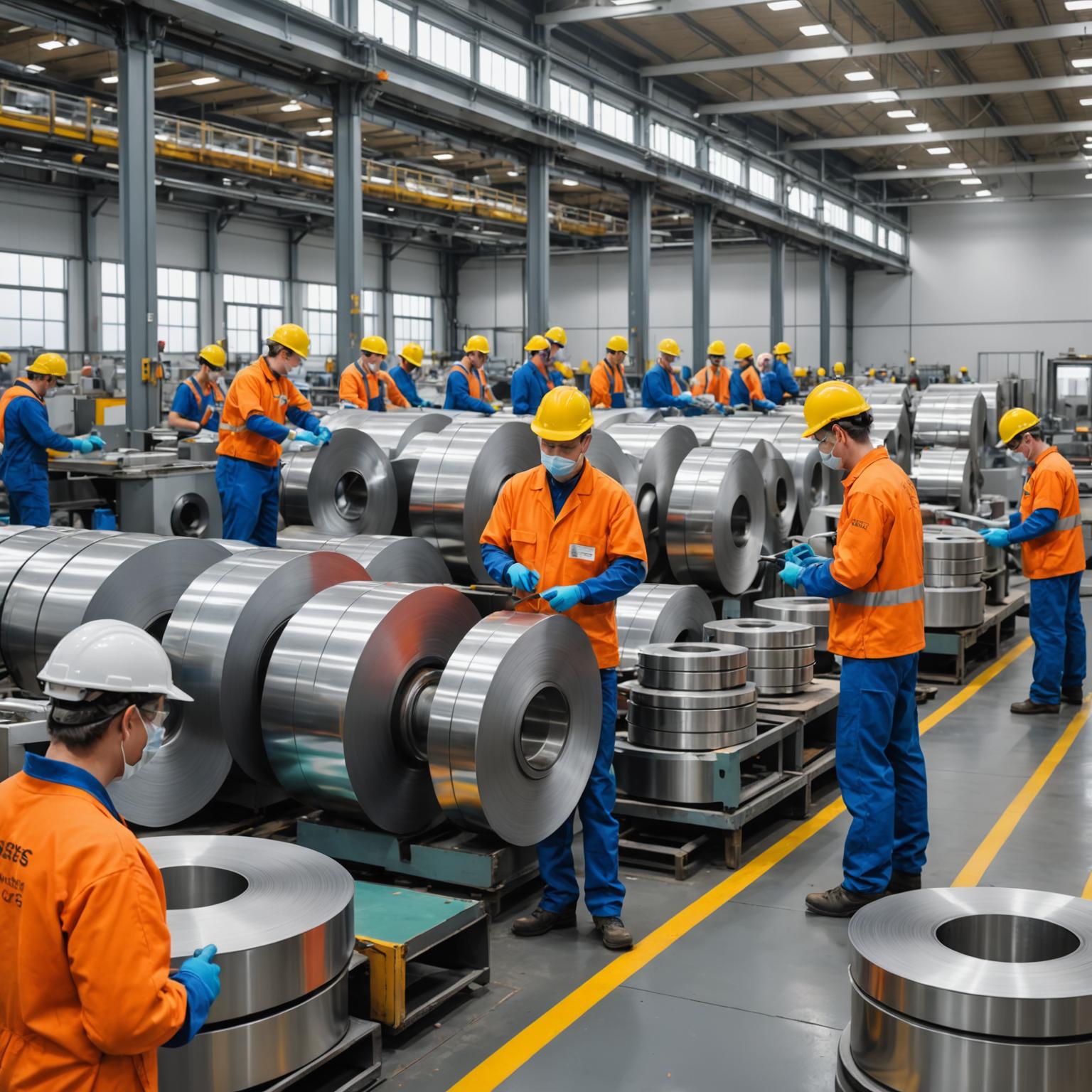Understanding Stainless Steel Coil: An Industrial Marvel
When discussing industrial materials, the **stainless steel coil** is a term that emerges with significant importance. Known for its remarkable properties, stainless steel coil is a vital part of various high-demand industries, including automotive, aerospace, and construction. Its ability to withstand harsh environmental conditions makes it a sought-after resource that guarantees both durability and performance.
Stainless steel coil serves as a versatile material in many applications due to its excellent corrosion resistance and strong yet lightweight nature. These attributes make it particularly appealing to engineers and designers who seek to streamline production processes without compromising structural integrity. Additionally, significant advancements have been made to enhance the aesthetic appeal of these coils, making them just as visually stunning as they are functional. The innovation in surface treatments and processing has allowed for a more polished, reflective finish that speaks to both quality and modern design sensibilities.
A Comprehensive Processing Guide for Stainless Steel Coils
The journey of a stainless steel coil from raw material to a finished product involves numerous stages that demand meticulous attention to detail. First is the importance of the processing guide in navigating the intricacies of slitting, stamping, and surface treatments. These processes are integral to shaping the coil into a form that meets specific project requirements while ensuring material integrity.
Slitting is a critical process that involves cutting coils into narrower strips. This must be conducted with precision to maintain the mechanical properties of the steel. Stamping, on the other hand, involves creating specific shapes or patterns on the coil, often done to meet custom industrial design specifications. Surface treatment processes aim to enhance the coil's durability and aesthetic, often involving polishing or coating to achieve the desired finish and performance.
Treatment Process Analysis: Meeting Industry Standards
In addition to basic processing methods, advanced treatment processes are applied to stainless steel coils to ensure they meet stringent international quality standards. Treatment process analysis is an essential facet of production, involving detailed scrutiny of both the method and outcome to guarantee that quality is consistent across all units produced.
Incorporating advanced manufacturing technology, the aim is to create a coil that excels in both performance and sustainability. Eco-friendly practices are increasingly being intertwined with production processes to minimize environmental impact while maximizing product lifespan and utility. Companies that prioritize sustainability are working to ensure that their stainless steel coils are not only high-performing but also contribute positively towards environmental conservation efforts.
Conclusion
Ultimately, the stainless steel coil represents the pinnacle of material innovation, harmonizing function and form in a single package. It stands as a testament to modern manufacturing practices and offers a glimpse into the future of industrial design. Whether it's about meeting the rigorous demands of high-stakes industries or elevating the aesthetic of cutting-edge designs, the stainless steel coil ensures that functionality never has to come at the expense of style.
The industry continues to evolve, with ongoing advancements promising even greater efficiency and sustainability in material production. For those looking to stay ahead in the competitive industrial landscape, understanding and utilizing stainless steel coils is key to achieving remarkable feats in both engineering and design. Embrace this material marvel and explore the endless possibilities it brings to the table.








